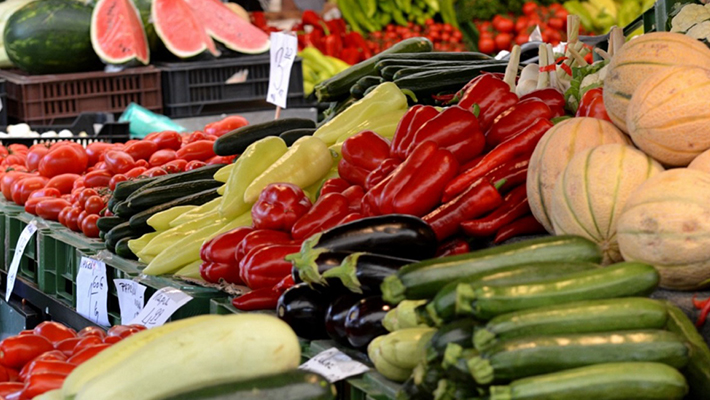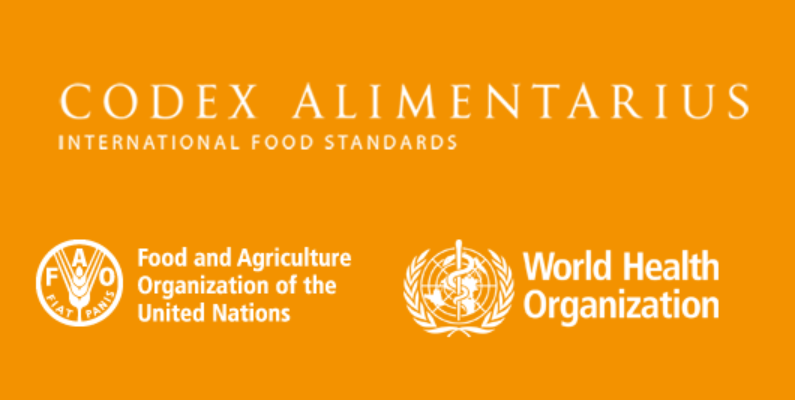The international debate on the maximum levels of lead in food is conducted by Anvisa employees.
April 28, 2023
The event took place at the 16th Session of the Codex Committee on Contaminants in Foods, with Brazil as the technical coordinator of the discussion on the creation of new maximum levels of lead for foods according to the Codex Alimentarius. The idea of this work is to improve the standard currently adopted internationally, in particular with the prediction of limits for other types of food groups, for instance, brown sugar or demerara, and other foods that are already ready to eat and are intended for babies and small children.
Last Monday, April 17, Lígia Schreiner and Larissa Porto, Anvisa employees, were responsible for presenting the proposal at the 16th Session of the Codex Committee on Contaminants in Foods, held in the city of Utrecht, in the Netherlands.
There, several working groups were held on various technical topics that were on the agenda at the plenary of the Codex Committee on Contaminants in Food (CCCF16), held on April 18. You can consult more information about the debate here.
What is the Codex Alimentarius?

The Codex Alimentarius is an initiative of the WHO (World Health Organization) and the FAO (Food and Agriculture Organization of the United Nations), which define guidelines, standards, and codes on food to protect the health of consumers and make the international food trade. Documents approved by the Codex Alimentarius have become regulatory references for the 189 member countries and are fully recognized by the World Trade Organization.
Among the many standards determined by the Codex Alimentarius is the one that defines the maximum levels of contaminating agents in food. In the meantime, lead is one of the contaminants with an established level, since food is the main source of human exposure to this metal, without taking into account occupational exposure.
Lead exposure can cause a wide range of health effects, from neurodevelopmental disorder effects to impaired kidney function, as well as other problems such as hypertension, fertility, and adverse pregnancy outcomes. Among the most sensitive groups to lead are fetuses, infants, and children due to neurodevelopmental disorder effects. These maximum levels are a reference for monitoring food and also for defining priority measures to minimize exposure to lead.
What do the studies show?
The American Academy of Pediatrics (AAP), through a study by the Environmental Defense Fund (EDF), warned that traces of lead were found in fruit juices, raw vegetables such as carrots and sweet potatoes, crackers, and cookies, as well as cereal. In juices, the highlight was grape juice, with 89% of the analyzed samples containing lead.
In vegetables, 65% of baby carrots samples contained lead, and 86% of sweet potatoes. In crackers and cookies, 47% had the substance, and in 4% of the analyzed cereals.
According to the EDF, the contamination could have come from the soil or even from the food processing, but a more comprehensive investigation is needed. The study was based on 11 years of data and research from the Food and Drug Administration (FDA), similar to Anvisa in Brazil.


